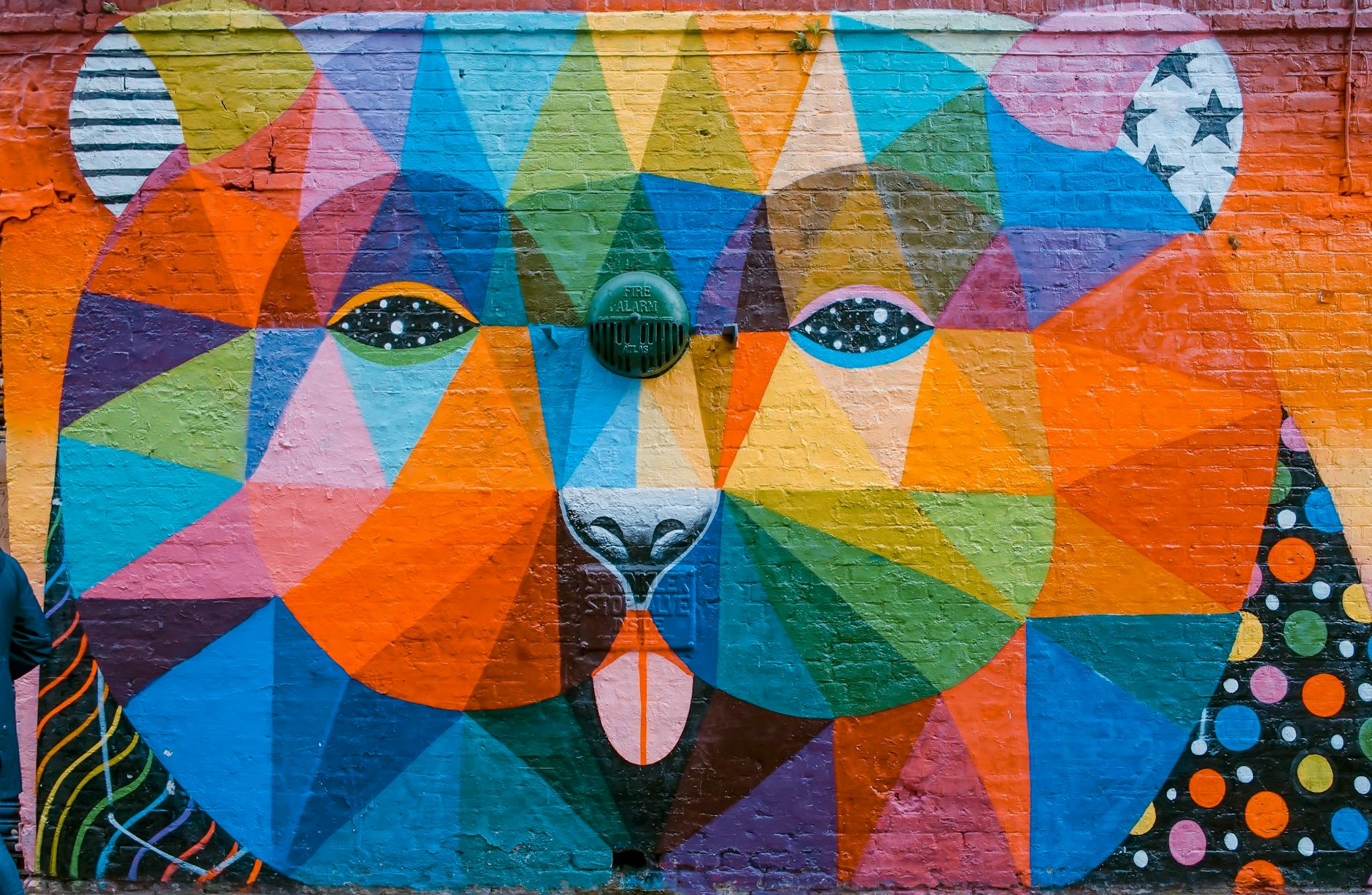Creating an emotionally engaging brand identity is one of the most powerful ways to connect with consumers. In today’s saturated market, where choices abound, consumers often make decisions based on emotional connections rather than logical reasoning alone. A strong emotional bond between a brand and its audience can foster loyalty, increase customer retention, and even drive higher sales. Building a brand that resonates emotionally requires a deep understanding of your audience, a compelling narrative, and a design that visually conveys the essence of your brand’s values and mission.

Understand Your Audience’s Emotions and Needs
The first step in creating an emotionally engaging brand identity is to understand who your audience is and what emotional triggers drive their behavior. The most successful brands don’t just appeal to a consumer’s need for a product or service; they connect with their desires, fears, dreams, and values.
Conduct Research
Start by conducting in-depth research on your target audience. This might include market surveys, customer interviews, social media listening, or analyzing behavioral data. Ask questions like:
- What are your customers’ pain points?
- What emotions drive their purchasing decisions?
- What motivates them beyond the product or service itself?
Understanding these emotional drivers will give you the insights you need to craft a brand identity that speaks directly to your audience’s needs and aspirations.
Create Buyer Personas
Once you have a solid understanding of your audience, create buyer personas that represent different segments of your target market. Each persona should detail the demographics, behaviors, needs, and emotions of your ideal customers. This helps guide your brand identity creation by making it more personalized and emotionally relevant.
Define Your Brand’s Core Values and Purpose
Emotionally engaging brands don’t just offer products; they offer a sense of purpose and a set of values that align with their customers’ beliefs. To create an emotional connection, your brand needs to stand for something bigger than just profit. This could be sustainability, social responsibility, inclusivity, or empowerment—values that resonate with your target audience.
Brand Purpose
Your brand’s purpose answers the fundamental question: Why does your brand exist? It’s the deeper reason behind your products or services and how they contribute to your audience’s lives. Think about iconic brands like Patagonia, which aligns its entire identity around environmental activism, or Dove, which emphasizes self-love and body positivity.
Core Values
Identify and define the core values that your brand will uphold. These should be authentic and reflect what your brand truly stands for. Core values will guide everything from your messaging to customer interactions, and they will help shape your brand’s emotional appeal. For example:
- Authenticity – Consumers today value brands that are genuine and transparent.
- Empathy – Brands that show they care about their customers’ experiences and challenges will naturally foster stronger emotional connections.
- Innovation – If your brand promises creativity and cutting-edge solutions, you can evoke excitement and admiration from your audience.
Craft a Compelling Brand Story
Humans are wired for stories. A compelling narrative can tap into emotions like empathy, excitement, nostalgia, or inspiration, making it one of the most powerful tools in building an emotional connection with your audience. A brand story creates a sense of belonging and humanizes your business, making it relatable and engaging.
Structure Your Story
To craft a compelling brand story, structure it around the classic elements of storytelling:
- The Hero – This is usually your customer or target audience.
- The Problem – What challenges or pain points does the hero face?
- The Guide – Your brand is the guide that helps the hero overcome their obstacles.
- The Resolution – Show how your brand’s product or service solves the problem and makes the hero’s life better.
The goal is to create a narrative that resonates emotionally with your audience. The more they see your brand as a part of their own journey, the stronger the emotional connection.
Be Authentic
Ensure your story is authentic. Don’t just craft a narrative that you think will be appealing—ensure it genuinely reflects your brand’s values, mission, and the real impact you aim to have on your customers. Authenticity builds trust, and trust is the foundation of emotional engagement.
Develop Visual and Verbal Brand Elements that Evoke Emotion
Once you’ve identified your audience, values, and story, the next step is to create the visual and verbal elements that will convey your brand’s emotions. Every aspect of your brand identity should speak to your audience on an emotional level.
Color Psychology
Colors play a significant role in how emotions are perceived. Certain colors can evoke specific emotions and associations:
- Red – Passion, energy, excitement
- Blue – Trust, calm, professionalism
- Yellow – Optimism, happiness, creativity
- Green – Health, nature, sustainability
- Purple – Luxury, creativity, mystery
When selecting your brand colors, consider the emotions you want your audience to associate with your brand and how those colors will enhance your brand’s emotional appeal.
Typography and Logo Design
The font and logo design are crucial visual elements in your brand identity. Choose typography that reflects your brand’s personality:
- Bold and modern fonts may suggest strength and confidence.
- Soft and elegant fonts may convey sophistication and delicacy.
Your logo should be memorable and capture the essence of your brand’s identity. A strong logo can act as an emotional symbol for your brand, serving as a visual cue that reinforces your story and values.
Voice and Messaging
The tone of voice in your communication is equally important. Whether you use casual, friendly, formal, or authoritative language, your brand’s voice should align with the emotions you want to evoke. For example, brands like Nike use a motivating, empowering tone to inspire their audience, while brands like Apple use simple, elegant language to evoke sophistication.
In your messaging, ensure consistency. Your brand’s voice should remain consistent across all touchpoints—be it your website, social media, or advertising campaigns—to reinforce emotional connections and strengthen your identity.
Deliver Consistent and Authentic Experiences
An emotionally engaging brand identity is not just about visual and verbal elements; it’s also about how you make your customers feel throughout their journey with your brand. Every interaction should align with the emotional connection you’ve cultivated through your brand.
Customer Service
Great customer service can transform a one-time buyer into a loyal customer. Ensure your customer service experience reflects your brand’s values and shows that you truly care about your customers. Empathy, transparency, and personalized service go a long way in building emotional connections.
Social Media and Engagement
Social media is a powerful tool for creating emotional bonds with your audience. Engage with your community by responding to comments, sharing stories, and offering value. When customers feel that they are heard and seen by a brand, they form a deeper emotional connection. Sharing behind-the-scenes content, user-generated stories, or supporting a cause can help humanize your brand and build trust.
Consistent Messaging Across Touch points
Consistency is key to emotional engagement. Whether someone is interacting with your website, receiving an email, or engaging with your brand on social media, the experience should feel cohesive. The emotional tone, messaging, and values should be clear and consistent across all touchpoints to reinforce the emotional connection and brand identity.
Foster Community and Loyalty
Creating a sense of community around your brand can deepen emotional engagement. When people feel like they are part of something bigger, they are more likely to become loyal customers and advocates for your brand. Encourage your customers to share their experiences, provide platforms for user-generated content, and celebrate milestones with them.
Consider starting loyalty programs or exclusive experiences that make customers feel like they are an important part of your brand’s journey. The more involved and valued they feel, the stronger their emotional bond will be.













